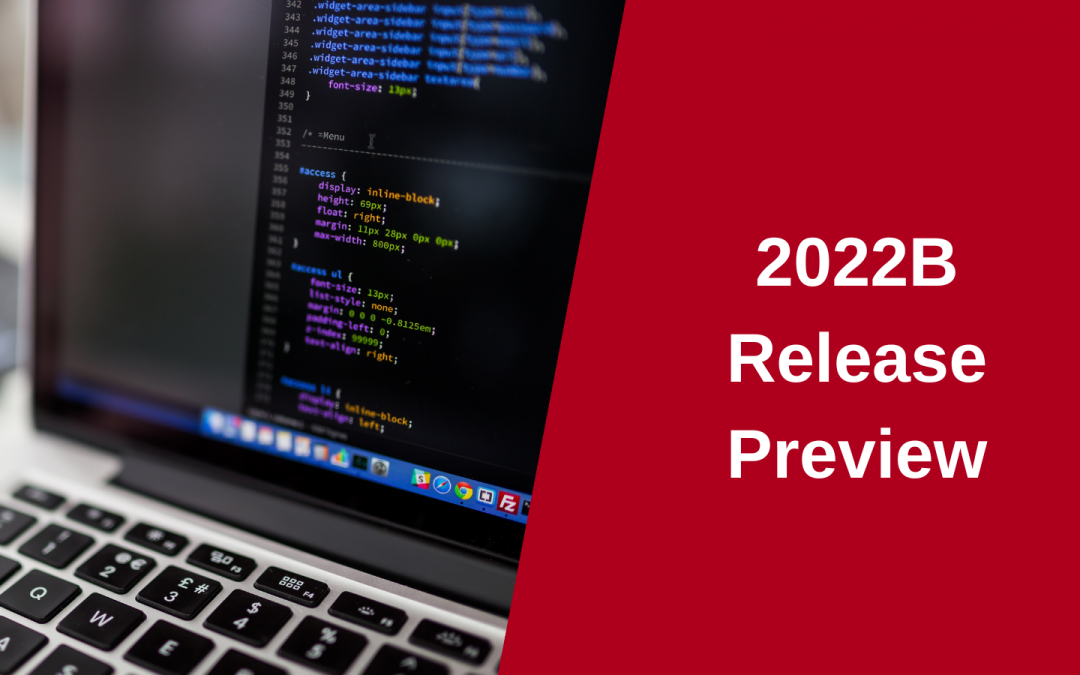We are a few weeks away from the release of our bi-annual data update, 2022B. While historically the second release of the year doesn’t include many new databases and just serves as a true update, this year we have some tricks up our sleeves. Here is a rundown of what’s coming.
- Quality of Life: We are rereleasing our Quality of Life database, which examines where in the United States has the best quality of life. The Quality of Life database can be used in a broad range of applications, but is especially suitable for economic development, where local jurisdictions can highlight their areas of strength in order to attract new businesses and residents, and for residential real estate, allowing potential buyers to evaluate the characteristics of the areas they may be moving to. More on the database can be found here.
- ACS Integration: The recently released American Community Survey from 2021 has been incorporated into our demographic Estimates and Projections, along with other databases. As a reminder, 2021 ACS 1-year estimates are available for geographic areas with populations of 65,000 or more.
- Healthcare Update: Our healthcare database has been enhanced with newly added chronic disease and risk factors, which include physical and mental health.
- Environmental: We have added monthly and annual average estimates of solar energy potential by block group, which can be used in determining the likely productivity of solar panel installations and helping guide energy policy analysts.
- Urban Walkability Index: Added to our vast variable library is a new index which touts how walkable any location is in proximity to stores, businesses and restaurants. This index is helpful for site selection when determining if there is local foot traffic.
- Protected Areas: This data will allow users to determine what percentage of land is in developmentally protected areas like wildlife preserves and national parks, down to the block group.
2022B will be available in early November. Resellers should be on the lookout for more information once the data is available. End users should contact their provider to inquire when the 2022B data will be integrated.



Recent Comments